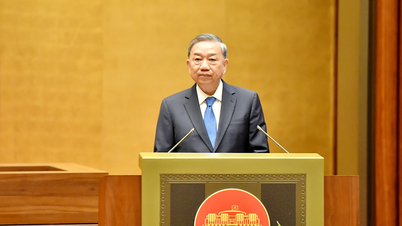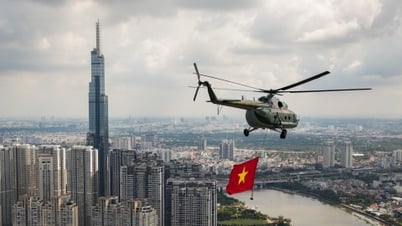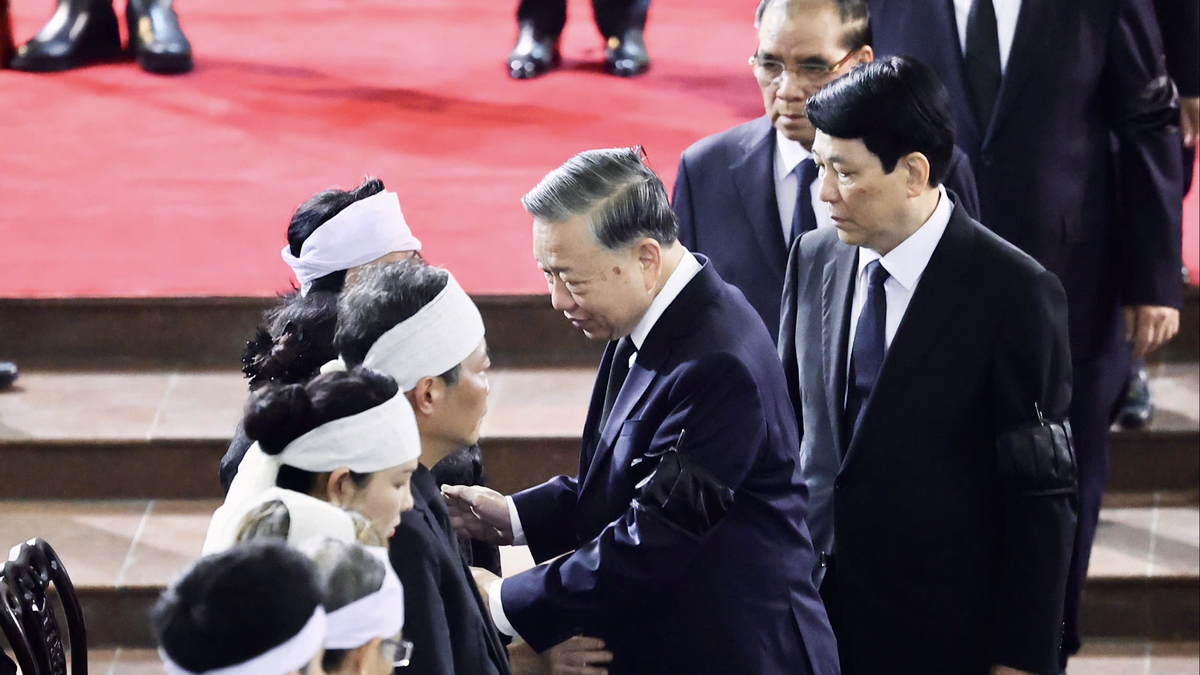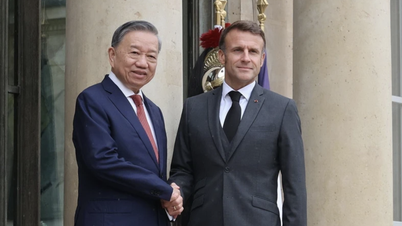On March 8, Reuters quoted unnamed US officials as saying that Australia is expected to complete an agreement to purchase five Virginia-class nuclear attack submarines by 2030. This agreement is part of the AUKUS security agreement between the US, UK and Australia signed by the three parties in 2021.
Also under the above security agreement, at least one US nuclear attack submarine will visit Australian ports every year, this activity will last until 2030 - the time when Canberra begins building its first nuclear submarine.
Reuters sources also said that the US Navy will soon regularly deploy two nuclear submarines to the waters west of Australia by 2027.

The US Navy's Virginia-class nuclear-powered submarine USS North Dakota (SSN 784) during a recent sea trial. (Photo: Reuters)
Reuters quoted a source as saying that Australia's nuclear submarines will be built based on both US and British technology. At the same time, they affirmed that these submarines will pose a new challenge to China.
Leaders of the AUKUS countries are expected to meet next Monday in San Diego to chart a course for supplying nuclear-powered submarines and other high-tech weapons to Australia.
Previously, China had repeatedly voiced its opposition to the US building a new military alliance in the Asia-Pacific region. It is part of a plan to counter China's influence in the region.
The agreements between the parties in AUKUS are Australia’s largest ever defence project and bring new job prospects in all three countries.
Australia currently has a fleet of six diesel-electric Collins-class submarines that will serve until 2036. Nuclear submarines can stay underwater longer than conventional submarines and are harder to detect.
Reuters sources did not give details about Australia's new class of submarines, including where they would be built.
Under the AUKUS security agreement announced in 2021, the US and UK have agreed to provide Australia with the technology and capability to deploy nuclear-powered submarines as part of a joint effort to counter the growing threat from China in the Indo- Pacific region.
But an agreement among the three countries on specific ways to achieve that goal has not emerged.
Over the next five years, a group of Australian engineers will visit US submarine yards to participate in a technology exchange program. This training will directly benefit US submarine production, as there is a shortage of shipyard workers the US needs to build submarines.
It is unclear how the upcoming Australian submarine deal might affect the US Navy's plans for its submarine purchases in the coming years.
The US Navy's 30-year nuclear submarine plan, released last year, calls for 1.76 to 2.24 new submarines to be built each year, which would increase the US submarine fleet to 60 to 69 by 2052.
General Dynamics is currently the contractor for the construction of the Virginia-class submarines, with about 17 of them scheduled for delivery by 2032.
Tra Khanh (Source: Reuters)
Useful
Emotion
Creative
Unique
Source



![[Photo] Ho Chi Minh City holds funeral for former President Tran Duc Luong](https://vphoto.vietnam.vn/thumb/1200x675/vietnam/resource/IMAGE/2025/5/24/9c1858ebd3d04170b6cef2e6bcb2019e)


![[Photo] Party and State leaders visit former President Tran Duc Luong](https://vphoto.vietnam.vn/thumb/1200x675/vietnam/resource/IMAGE/2025/5/24/960db9b19102400e8df68d5a6caadcf6)
























































































Comment (0)